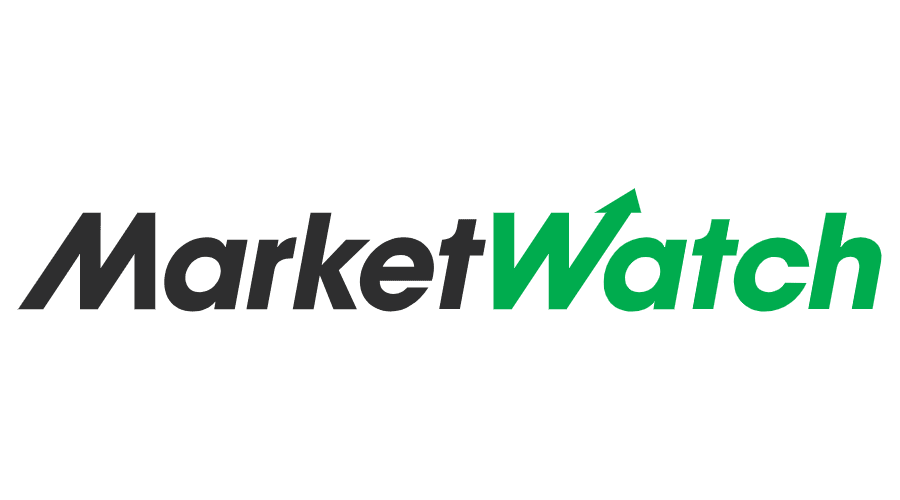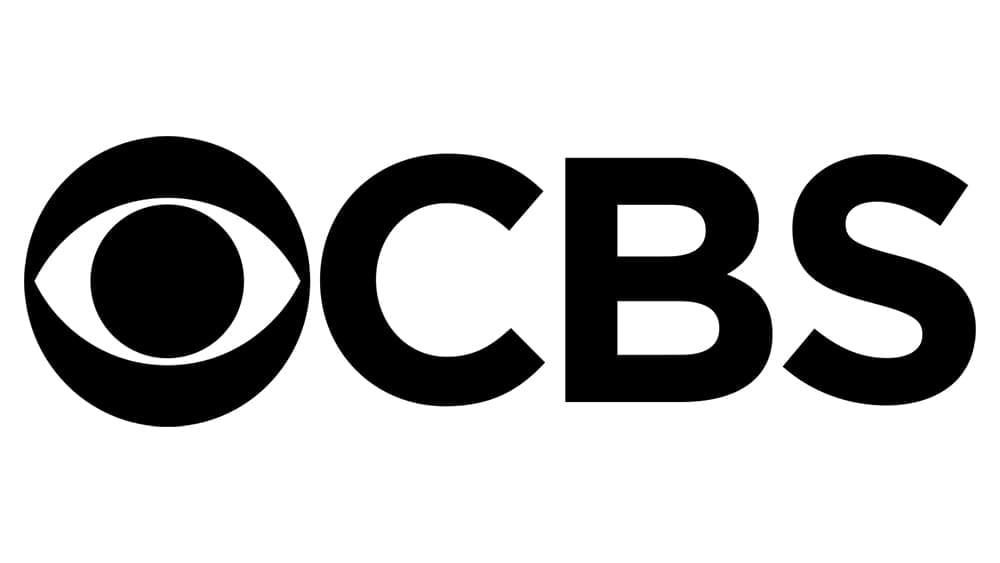By the end of this restaurant marketing guide, you will have the necessary tools and tactics to build a loyal and satisfied customer base.

Restaurant Marketing Plan
This customizable marketing playbook template and interactive calendar can help create a marketing plan that encourages repeat business.
Your customers play a crucial role in the success of your business. From regulars who are familiar with your staff to out-of-town visitors who appreciate your food and hospitality, they all contribute to the growth of your business.
Restaurant marketing plays a crucial role in finding new customers, growing your community, and cultivating regulars. The COVID-19 pandemic has heightened the significance of these efforts as guest expectations have evolved, making it challenging to compete with restaurants that have effectively adjusted their operations to prioritize safety, contactless experiences, and digital ordering.
Developing effective restaurant marketing strategies, such as utilizing digital channels, email campaigns, and advertising, will help create strong customer relationships and provide a memorable dining experience, ultimately setting you apart from the competition and encouraging repeat business.
We will begin with the fundamentals.
What is restaurant marketing?
Marketing a restaurant involves promoting your restaurant or foodservice concept to the general public in order to attract customers and build a brand. It is a strategic process that involves engaging with your customer base through various channels to reach a wide audience.
What are the benefits of marketing my restaurant?
The restaurant industry in the U.S. is highly competitive, leading business owners across the country to prioritize restaurant marketing as a necessary strategy for differentiation.
Marketing your restaurant is an effective way to connect with your customers and build strong relationships. As a restaurant owner, you understand the importance of hospitality and how marketing allows you to extend that hospitality beyond your physical establishment.
One of the primary advantages of restaurant marketing is its ability to enhance revenue by attracting more customers both in-person and online. Additionally, restaurant marketing offers other advantages.
It has the potential to support customer retention and increase customer lifetime value, and it also has the ability to attract new staff members.
Promoting your restaurant's mission, vision, and purpose helps to increase brand awareness.
It helps to reach new audiences and markets.
It facilitates the development of connections within your local restaurant community.
It facilitates new business partnerships and collaborations.
It provides potential opportunities with distributors and vendors.
What is the recommended budget for restaurant marketing?
Like many aspects of restaurant operations, restaurant marketing does not have a universal approach, nor is there a definitive amount that should be spent on it.
Marketing through social media can be free. There are two types: organic posting and paid posting. Organic posting is free and allows you to share photos, videos, and messages on your social sites. However, allocating a small budget to boost and promote your posts can greatly increase your audience reach.
When determining whether paid posting is suitable for your restaurant, it is important to consider factors such as audience size and reach, posting frequency and promotion, and content quality.
Most restaurants spend 3-10% of their sales on marketing. The U.S Small Business Administration suggests allocating a percentage of gross revenues, typically 2-3% for run-rate marketing and up to 3-5% for start-up marketing. The allocation depends on factors like industry, business size, and growth stage. Retail businesses spend up to 20% of sales on marketing during the brand-building years. For small businesses with revenues under $5 million, 7-8% of revenues should be allocated to marketing. This budget should be split between brand development costs and costs of promoting the business. This percentage assumes margins of 10-12% after covering other expenses, including marketing.
Low-budget restaurant marketing ideas
Starting marketing doesn't have to cost a lot. You can achieve good results with a low budget. Here are some ideas to begin: Set up free accounts on Instagram, Facebook, Twitter, and TikTok for organic social media. While paid social advertising can speed up growth, it's important to focus on organic growth for guest communication and relationship building.
Improving your online presence can be achieved through simple and cost-free methods such as updating your Google My Business profile, incorporating relevant keywords on your website, and prominently featuring essential information like hours, location, menu, and online ordering platform.
Email marketing is a cost-effective method to effectively connect and engage with your audience. To learn more about email marketing, click here. When you are ready to enhance your marketing efforts and allocate a budget, this guide will help you calculate where and what to spend.
What is the best way to determine the appropriate restaurant marketing budget for my business?
Before starting the calculation of the appropriate restaurant marketing budget for your specific concept, it is necessary to gather the following metrics.
To calculate your restaurant's profit margin, subtract your annual operating costs from gross revenue. If your restaurant is not operating with a 10-12% profit margin, evaluate your menu, inventory purchasing decisions, and how you maximize product usage to decrease inventory. Compile the following stats about your business: annual revenue, revenue by month, and your restaurant's profit margin.
To calculate your restaurant's market share, divide your restaurant's sales by the total sales of the local restaurant market during a specific fiscal period. For more detailed market insights regarding sales, demographics, churn, and other factors, it is recommended to contact your state's restaurant association.
Now that you have determined your budget for restaurant marketing, it is important to develop a comprehensive marketing strategy to achieve your goals.
Read this next
Marketing
A guide on creating a restaurant marketing budget.
Planning restaurant promotions with a budget in mind can help to streamline success both in the present and in the future.
What constitutes a restaurant marketing strategy?
A restaurant marketing strategy involves the marketing efforts and campaigns made by a restaurant over a year, typically organized and tracked in a restaurant marketing plan. The initial step in creating a restaurant marketing plan is identifying the target customer or target market, a specific group of people whose business aligns with the restaurant's brand, mission, vision, and purpose.
A buyer persona is a representation of the typical customer that businesses create to better understand their target audience. Many businesses have multiple buyer personas.
A guide on creating a buyer persona.
To create buyer personas for your customer base, start by identifying and outlining the most common groups of guests. Here are some strategies you can use.
Please have the manager-on-duty document a daily summary of the guests they encountered during their shift in the manager logbook for a month.
If you have a restaurant loyalty/rewards program for guests, consider sending a survey through your restaurant's CRM solution. Incentivize participation with a promotional discount and the opportunity for a gift card.
You can pull sales reports from your restaurant's point-of-sale system. Restaurants point-of-sale technology has a robust customer report feature. It allows restaurant owners and operators to isolate customers who visited during a specific period and learn more about their behavior. The frequent visitors report from top to bottom the best source of data for developing buyer personas. It compiles valuable data about preferences and behavior in one place. Analyzing this data will help you find commonalities among frequent visitors, such menu items, time of visit, total spend, and demographic data like age, gender, and address. This analysis will set your buyer persona development on the right track.
Once you have identified your customer clusters, you can create buyer personas for each cluster that shares 5 or more commonalities. It is common for businesses to have multiple buyer personas.
When creating a profile for a buyer persona, it is important to consider the following steps.
Provide each buyer persona with a name and a photo. This will assist visual learners in remembering the characteristics of each persona and how to identify them. Utilize a platform like Unsplash to discover high-quality, free images.
Some high-level identifiers include age, gender identity, and generation.
Please include the average spend, number of visits per specified time period, and provide a summary of buying behavior. This section should detail the analysis conducted on the preferences of this type of buyer, including their preferred orders, quantities, and favorite wine/beer brands, among other relevant details.
When considering customer preferences, it is important to understand their overall personality and preferences, both positive and negative. This will allow for better engagement and enticement to visit your restaurant.
When targeting Gen Z, it is recommended to use TikTok or Instagram as your primary marketing channels, while Boomers tend to prefer reading magazines or engaging with brands on Facebook. It is important to stay updated on trends to ensure your strategy remains effective.
Here is an example of a buyer persona named Penny Professional.
The restaurant concept is a Southern-inspired tapas and cocktail bar located downtown. The individual referred to as Penny Professional identifies as a woman and uses she/her pronouns. She is between the ages of 25-35 and belongs to the millennial generation. She holds a managerial position, but her specific industry is not specified.
The customer typically spends $35 or less per visit, coming in once a week or 4-5 times a month. They usually visit with coworkers or friends after work for drinks, and also attend special occasions such as birthdays or going-away parties. They tend to order from the happy hour menu, choose house wine, or opt for a craft beer.
The recommended channels to use for reaching them are Instagram, TikTok, Pinterest, VSCO, and Facebook.
Buyer personas can serve as valuable tools for both marketing and sales in your restaurant. Train your front-of-house staff to identify and cater to each buyer persona. For instance, Penny Professional may not show much interest in top-shelf bourbon, but she would be interested in a visually appealing and shareable cocktail.
After identifying the target audience, the next step is to determine the strategy for attracting them to the business and selecting a promotion, discount, or incentive to be used.
The how and the what come together to create a restaurant marketing plan.
What are the key components of a successful restaurant marketing plan?
A restaurant marketing plan is a strategic outline of a restaurant's planned marketing activities, encompassing all marketing channels, for the upcoming year.
An effective restaurant marketing plan includes a comprehensive overview of past, present, and upcoming marketing campaigns, along with important data about each campaign.
The campaign goals are important to determine what you want to achieve. It could be to increase social followers, sell more of a specific menu item, or drive sign-ups to the loyalty program. Having a clear goal from the beginning is crucial for the success of the campaign.
What is the duration of the campaign? For example, how long will the discount be available or how many days will the radio ad be aired?
Please indicate the marketing channel you will be using for this campaign.
Consider your budget and expenses for this campaign. For instance, sponsoring a local little league team with your name on their jerseys may require a few hundred dollars, while advertising on YouTube will incur costs per click.
Key performance indicators (KPIs) are metrics that are utilized to assess the effectiveness of a marketing campaign. These metrics can include factors such as changes in sales/revenue, total tickets, loyalty/rewards sign-ups, or increase in social followers.
Targeting the appropriate audience is essential for successful restaurant marketing. It is important to carefully consider and develop buyer personas to increase the likelihood of attracting the right customers and fostering repeat business.
What are some effective restaurant marketing strategies?
Here are 30 commonly used restaurant marketing channels and the reasons why they are valuable additions to your restaurant marketing strategy.
Optimizing your restaurant's website involves ensuring that your information is kept up to date, prominently displaying your hours, menu, and location, and emphasizing the convenience of online ordering. Take a look at some examples here. In addition, it is important to note that your customers are active on social media, and it would be beneficial for your restaurant to have a presence there as well.
Twitter, Facebook, and TikTok have large user bases and can be a good starting point for your social media presence.
Email marketing is a useful tool for driving guest engagement, increasing sales, and announcing important updates, specials, and promotions to customers.
Keeping your Google My Business page updated is a straightforward way to increase your traffic. In the restaurant industry, approximately 30% of searches result in immediate paying customers, 60% convert within an hour, and 80% eventually convert, according to a Google study. Consumers rely on search to find restaurants.




